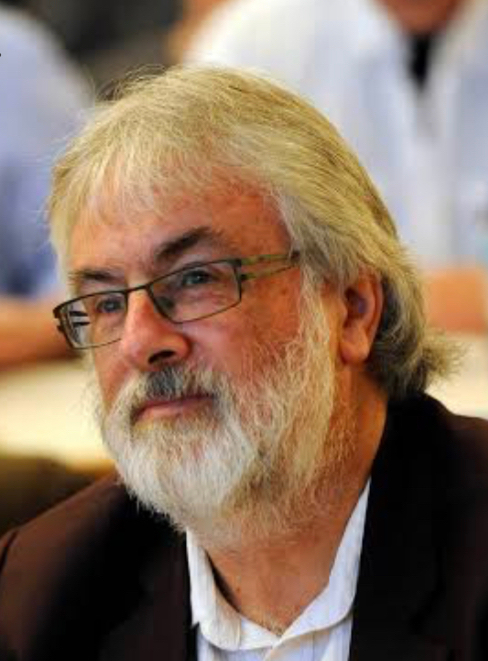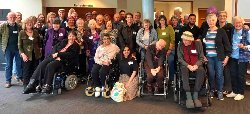The negotiation process that regularly updates terms and conditions for general practice funding barely works for privately owned practices (mainly small businesses and providing the large majority of primary healthcare in New Zealand).
It works even worse for not-for-profit non-government organisations providing primary care. This raises serious issues that deserve further discussion and resolution with a view to overhauling how we fund primary care, particularly in respect of high-needs patients.
A recent study by business consultancy Sapere offers useful insights into the populations that are served by not-for-profit providers. Written for Waitangi Tribunal claimants, the Sapere report Methodology for Estimating the Underfunding of Māori Primary Health Care (July 2021) estimates the annual health loss in 2018 due to inadequate primary care at $5 billion.
The figure is based on a survey of Māori, enrolled with Māori Primary Health Organisations, aged under five and between 45 and 64 years. Sapere’s “take home” message is that primary healthcare provided by not-for-profits is grossly underfunded, not only in its own right, but also relative to for-profit providers.
The mechanism used for funding primary care is called the PHO Services Agreement Amendment Protocol (PSAAP). As a funding system it fails, in part, because it is consultative rather than by negotiation, and in part because its cluttered nature means that the much smaller populations covered by the not-for-profit providers are disadvantaged.
These not-for-profit providers have struggled to make ends meet for the past 10 to 15 years. They are funded on rates that reflect the average patient, rather than their specific patients with high health needs.
High needs in the Hutt Valley
Hutt Union Health Service in Lower Hutt highlights the difficulties. Over its three sites, it has 8500 registered patients, of whom 80% have recognised high needs. Māori comprise 34% followed by Pasifika with 31%. The fees for adults are $15 for a face-to-face general practitioner consultation. Phone, video and nurse consultations are free, as are repeat subscriptions.
With its high and complex workload, this Lower Hutt service struggles to recruit and retain GPs. Funding does not allow it to increase the ratio of GPs to patients. A shortage of experienced GPs has forced it to reduce services.
Not-for-profit providers find the funding model ill suits them. The basic subsidy, which funds “first level service”, is based on age and gender, with much higher funding for young children and patients aged 65 and over. It is not based on ethnicity or deprivation.
But the not-for-profit providers have a large proportion of both Māori and Pasifika, and poorer patients under 65 years, with complex medical conditions. Their number of patients over 65 years is relatively small.
Privately owned general practices with a low or average number of high-needs patients have swings and roundabouts. Many, if not all, of these practices also have high-needs patients and some will have large numbers. But patients who are low utilisers serve to offset the high-needs patients, to varying degrees.
In contrast, not-for-profit providers, by their very nature, are heavily weighted at the end of the spectrum. They have mainly high-needs patients (80% at Hutt Union, with the remainder just on the cusp).
There are simply not enough low-needs patients, who might be able to pay fees, to balance out costs along with complexity and workload.
Many costs borne, and work undertaken, in these high-needs providers are neither acknowledged nor funded. The complexity of their patients mean consultations often take 30 minutes and the associated paperwork is consequentially increased. Consultations with an interpreter present are also double the normal consultation time. Furthermore, consultations without an interpreter take longer for many patients for whom English is a second language, and so do consultations for patients with low health literacy.
Simplify the funding
Funding for all primary care providers requires urgent reform, including simplifying it to follow an agreed plan, rather than providers being forced to scramble over a limited budget that is determined by the Ministry of Health.
The plan should include an agreed funding formula that recognises the challenge of patients with high, complex and time-consuming health needs.
For not-for-profit providers, at least, the funding formula should include staffing ratios to determine the number of doctors, nurses and other staff that are needed to serve their enrolled population.
The process for determining the application of the plan and its formulation can’t be left to consultation. The central government agency has leverage, so the playing field is not level. The emphasis should be on achieving an outcome between government and primary care providers by agreement. To better facilitate this (or achieve closure when agreement can’t be reached), there should be a jointly agreed adjudication process.
High-needs focus
Whether there should be separate agreed plans and new funding formulas for for-profit and not-for-profit providers is something to be considered, bearing in mind possible unintended negative consequences. I lean towards separate systems because they are quite different models. But both can also be called ‘not-for-loss’ so further examination would be necessary.
But the focus should be on the importance of meeting the requirements of high-needs patients, regardless of type of provider. This should be done through a level playing-field negotiation process and pragmatism.
This blog is a slightly revised version of Ian Powell's column published in New Zealand Doctor on 13 October.



 Melanie Allison: Local Playwright Casts A Spell Over Hamilton
Melanie Allison: Local Playwright Casts A Spell Over Hamilton Te Kohao Health: New $12M Wellness & Diagnostic Centre Opens In Hamilton ‘Disrupting The Historic Continuum’ For Māori
Te Kohao Health: New $12M Wellness & Diagnostic Centre Opens In Hamilton ‘Disrupting The Historic Continuum’ For Māori Vegetables NZ: Fresh NZ-grown Vegetables Now Even Better Value For Cash Strapped Kiwis
Vegetables NZ: Fresh NZ-grown Vegetables Now Even Better Value For Cash Strapped Kiwis AgriFutures: Supporting The Next Generation To Succeed In Agriculture And Horticulture
AgriFutures: Supporting The Next Generation To Succeed In Agriculture And Horticulture Asian Aotearoa Arts: New Crops, Conversations And Illuminations: Asian Aotearoa Arts 2024 Full Programme Announcement
Asian Aotearoa Arts: New Crops, Conversations And Illuminations: Asian Aotearoa Arts 2024 Full Programme Announcement Arts Access Aotearoa: Accessing The Benefits Of Music Therapy
Arts Access Aotearoa: Accessing The Benefits Of Music Therapy